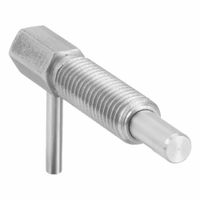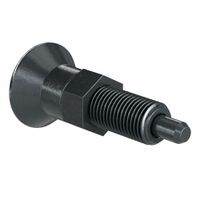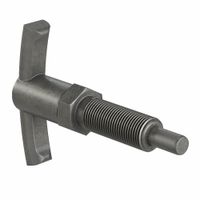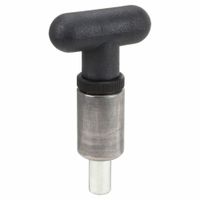- Home
- Machining
- Clamping Workholding Positioning
- Indexing Positioning Equipment
- Indexing Plungers
.....Read More

Cam-Action Indexing Plungers

Flange-Mount Indexing Plungers

Indexing Plunger Accessories

Keyed Indexing Plungers

Knurled-Knob Retractable Spring Plungers

L-Handle Retractable Spring Plungers

Pull-Knob Indexing Plungers

Pull-Ring Retractable Spring Plungers

T-Handle Indexing Plungers

Weld-Mount Indexing Plungers
Frequently Asked Questions
What are indexing plungers used for in machining applications?
How do you choose the right type of indexing plunger for a specific application?
What are the differences between knurled-knob, pull-ring, and L-handle retractable spring plungers?
How do cam-action plungers work in high-precision applications?
What are the benefits of using keyed indexing plungers?
How do you install flange-mount plungers for latching and positioning?
What accessories are available to extend the capabilities of indexing plungers?